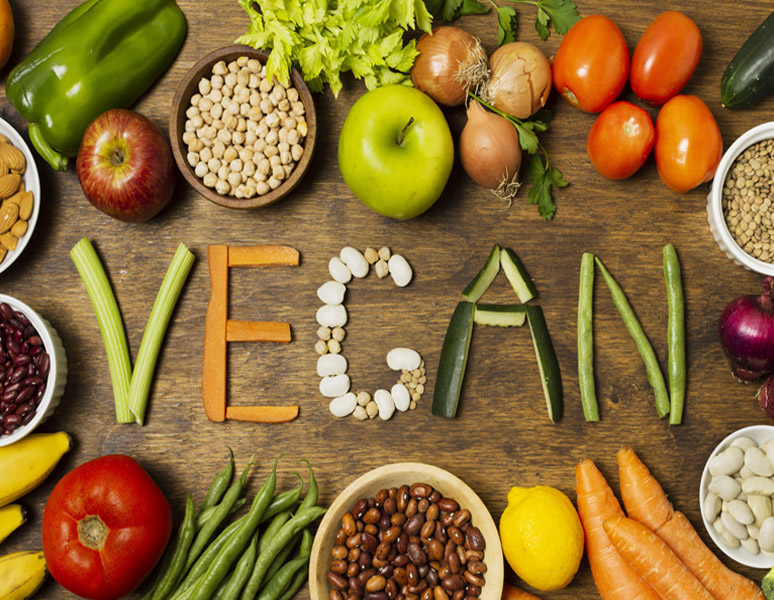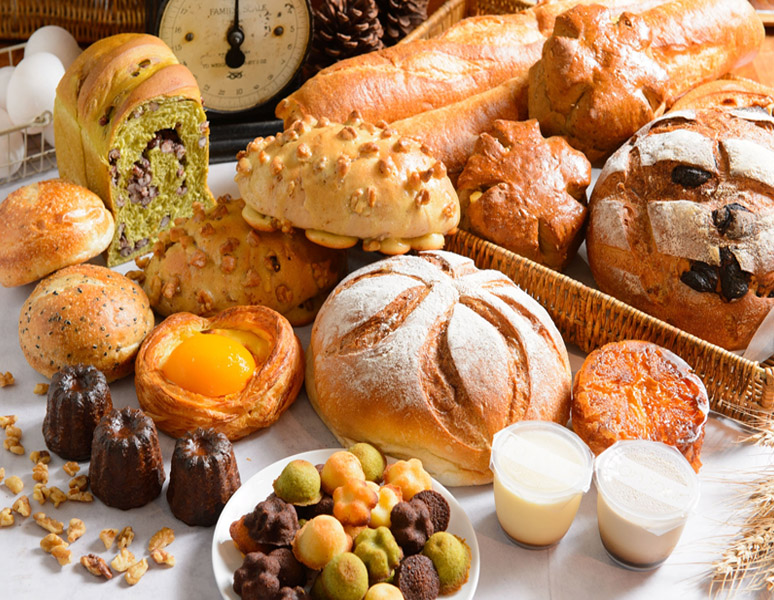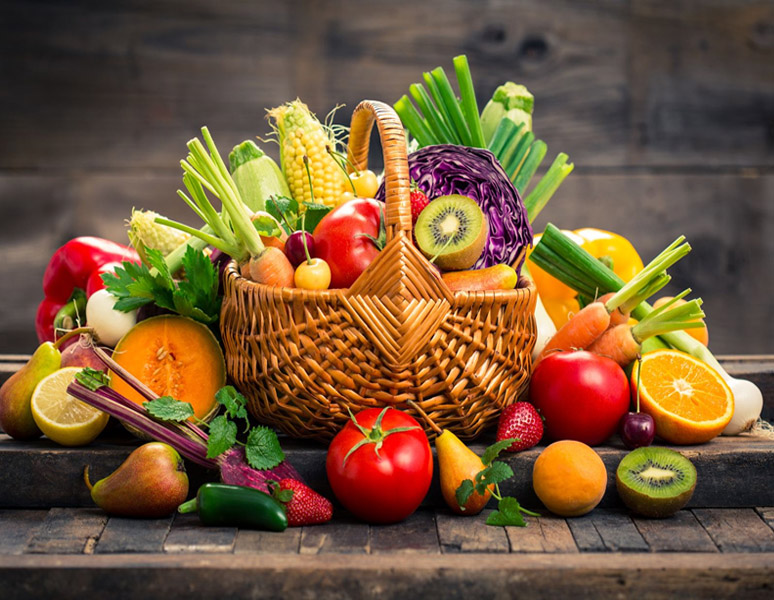Vegan
Veganism..!, once considered just a niche lifestyle choice, has now blossomed into a global movement. People are recognizing the multitude of benefits that come with adopting a plant-based diet, including improved health, reduced environmental impact, and a compassionate approach to animal welfare. This shift in mindset has led to a significant demand and launches of vegan products that mimic (to a certain level) the taste, texture, and versatility of traditional animal-based foods. In the food and beverage industry, the rise of veganism has sparked a wave of innovation and creativity. Food manufacturers are developing a wide array of plant-based alternatives, from dairy-free milk and cheese to meat substitutes that closely resemble the taste and texture of animal meat. The beverage sector has also seen significant growth in vegan offerings. Plant-based milk alternatives, such as almond, soy, and oat milk, have become staples in many households.
The food and beverage industry is thriving with vegan launches, driven by a growing consumer awareness of health, environmental, and ethical issues. Investment in vegan food companies has skyrocket over the past few years, but risks a decline.


















